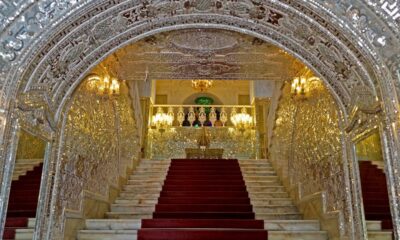Travel
Breathtaking Historic Places You Have To Visit In Iran

Iran has a plethora of historic sites to see. Whether you take the traditional route or venture off the beaten path, Iran’s history will undoubtedly come up on your itinerary.
Iran’s history dates back to 4000 BC, and some of its most notable landmarks are historic structures.
Most first-time visitors to Iran arrange their trip along the center route, visiting Tehran, Isfahan, Shiraz, Yazd, and perhaps Kerman.
Historic Places To Visit In Iran In 10 Days
It’s safe to conclude that the majority of Iran’s main tourist attractions are concentrated along this route. If you have some more time, head to Khuzestan region in south-west Iran to see some of Persia’s oldest settlements.
To guide you on a historic tour through Iran’s most prominent cities, we’ve compiled a list of must-see historical attractions.
1. Naqsh-e Jahan Square

They call this place a world pattern for a reason. European tourists like Chardin appreciated Esfahan and Naqsh-e Jahan Square in many ways.
In the 15th-16th century, the Safavid government picked Esfahan as its city and designed Naqsh-e Jahan as its center. The second largest square in the world houses Safavid gems surrounded by two mosques, a palace, and the bazaar.
The square is a popular picnic spot for Esfahanis on warm evenings. Get saffron ice cream and join the throngs.
2. Imam mosque of Esfahan
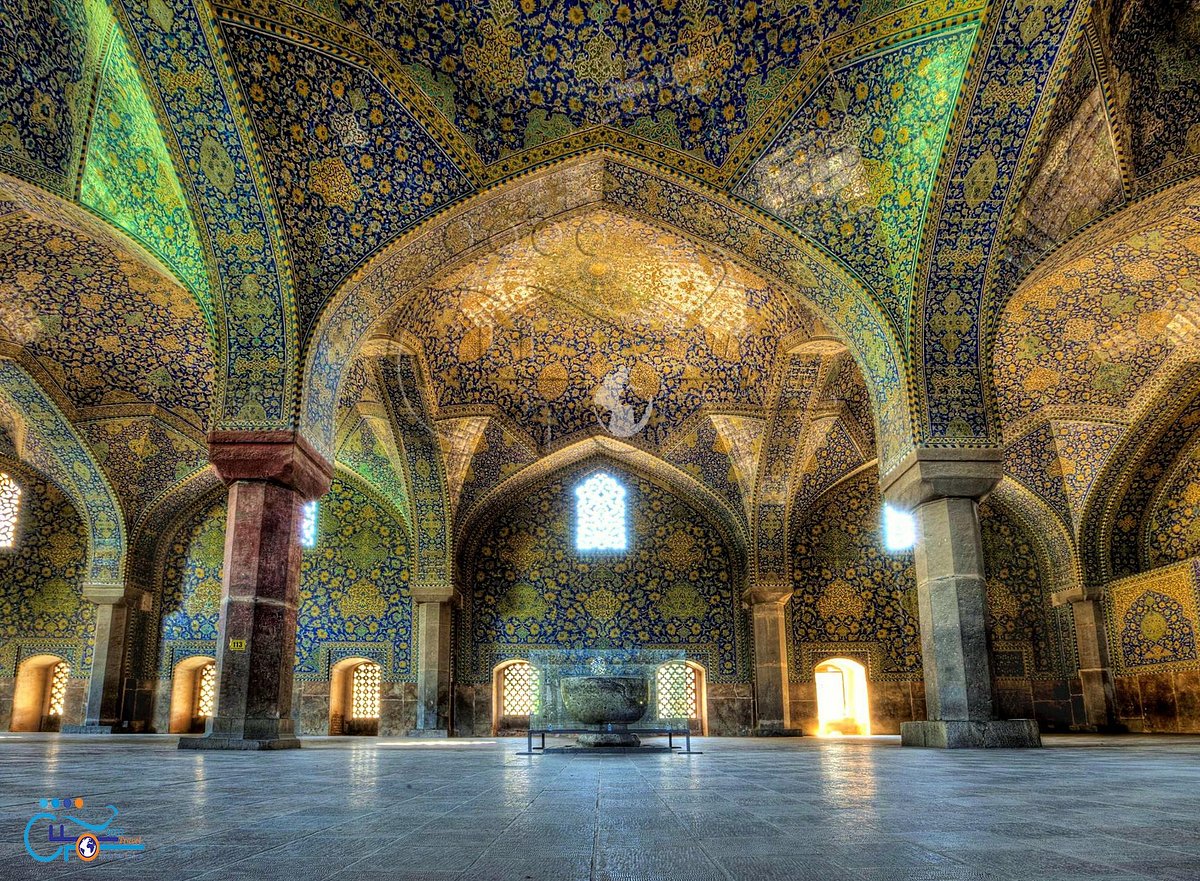
During his 25-year reign, Shah Abbas I assembled the finest architects and calligraphers to construct this magnificent imperial mosque. He never lived long enough to see it finished.
Esfahan’s Imam Mosque is the finest specimen of Safavid architecture. The magnificent tile work of its entrance draws visitors in, and I promise you, it’s difficult to leave.
3. Sultan Amir Ahmad Bathhouse
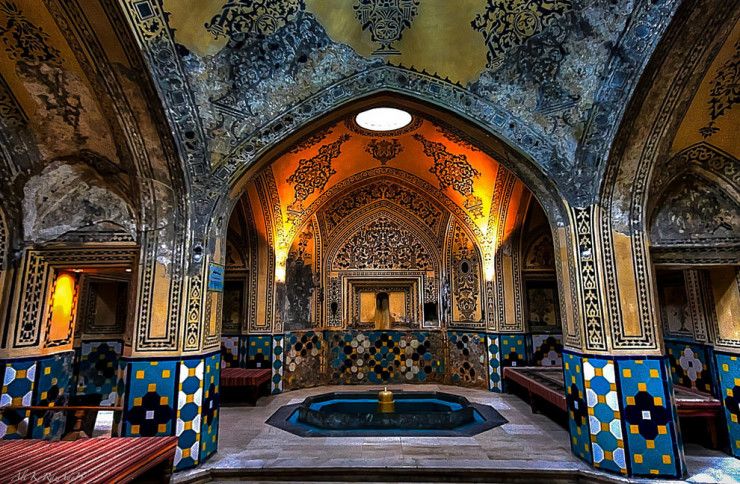
Iranian bathhouses were social as well as cleansing. In separate bathhouses, men and women interacted for hours. Many old Iranian bathhouses are either museums or eateries.
The Ganj Ali Khan bathhouse in Kerman is the most comprehensive Iranian bathhouse, but the Sultan Amir Ahmaad bathhouse in Kashan is the most beautiful. After visiting, climb the roof for a fantastic view of Kashan.
4. Persepolis

Persepolis is a must-see in Iran. It may be Iran’s most famous attraction worldwide. Many migrate to Iran for this purpose.
Persepolis, 60km from Shiraz, was the Persian empire’s ceremonial capital from 520 BC.
Achaemenian rulers built and governed Persepolis for 150 years. The most prosperous period was under Darius the Great. Persepolis is surprisingly well maintained despite Alexandre’s siege and burning.
Today, the sight takes at least two hours to discover. We recommend arriving early or late the morning or afternoon.
5. Yazd old town
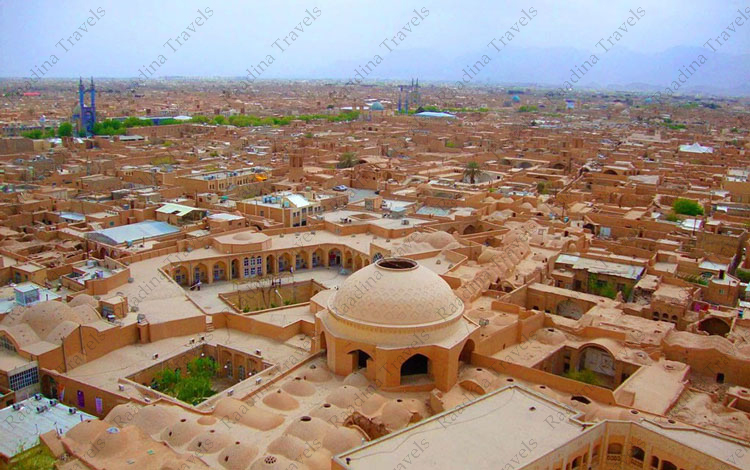
The old town of Yazd is surely the most famous place in Iran to go for a stroll. Give yourself a break from guide books and get lost in the finest adobe town of Iran.
There are mud-brick buildings with stunning courtyards, cozy rooftop cafes, roofed alleyways, and ancient wooden doors to be discovered.
6. Jameh Mosque of Yazd
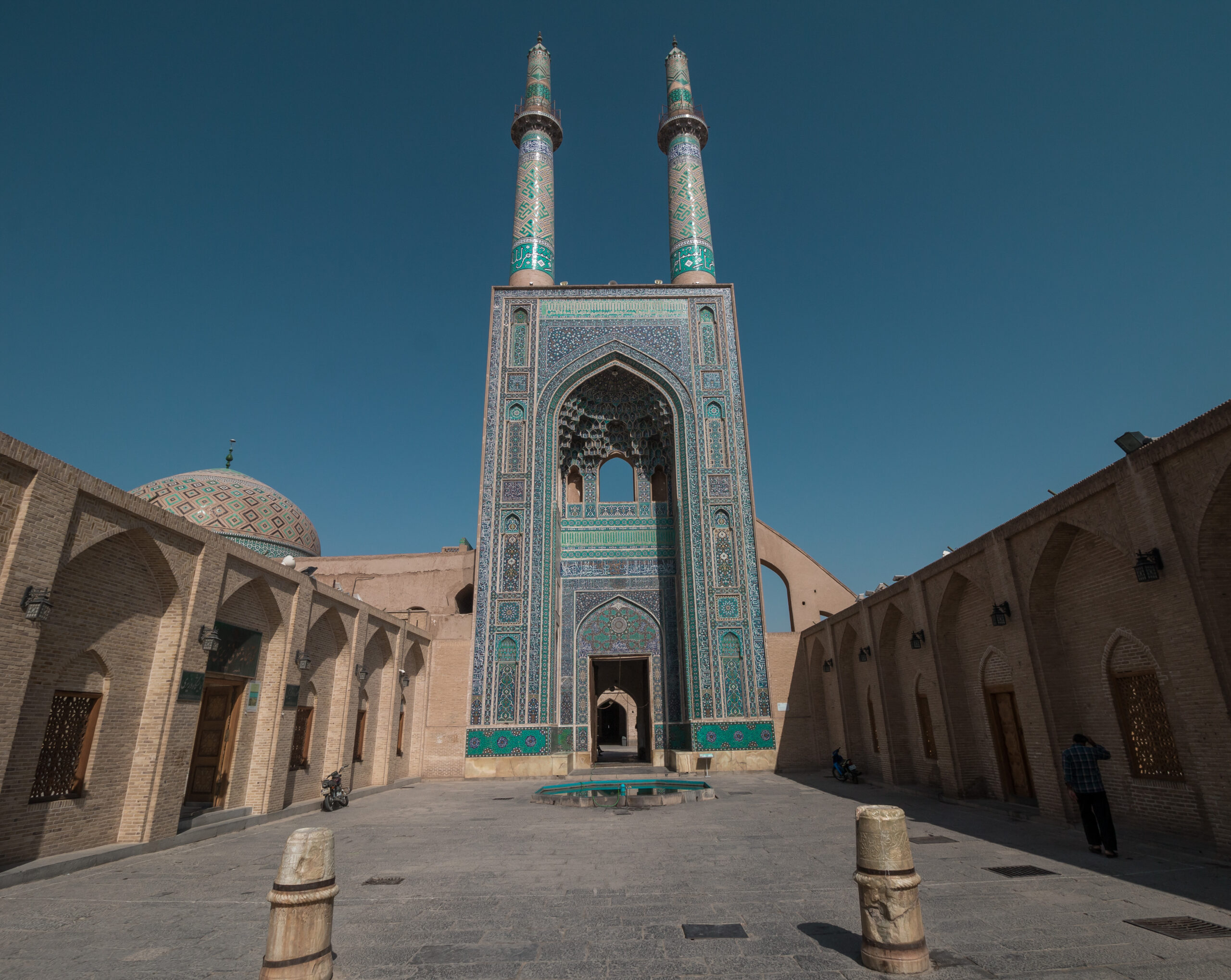
Located right in the heart of the oldtown of Yazd, the tall blue and turquoise minarets of the Jameh Mosque are almost visible from every rooftop.
The Jameh Mosque of Yazd is home to the tallest minarets of all of the country and its tile work is one of the most famous in Iran.
7. Golestan Palace in Tehran
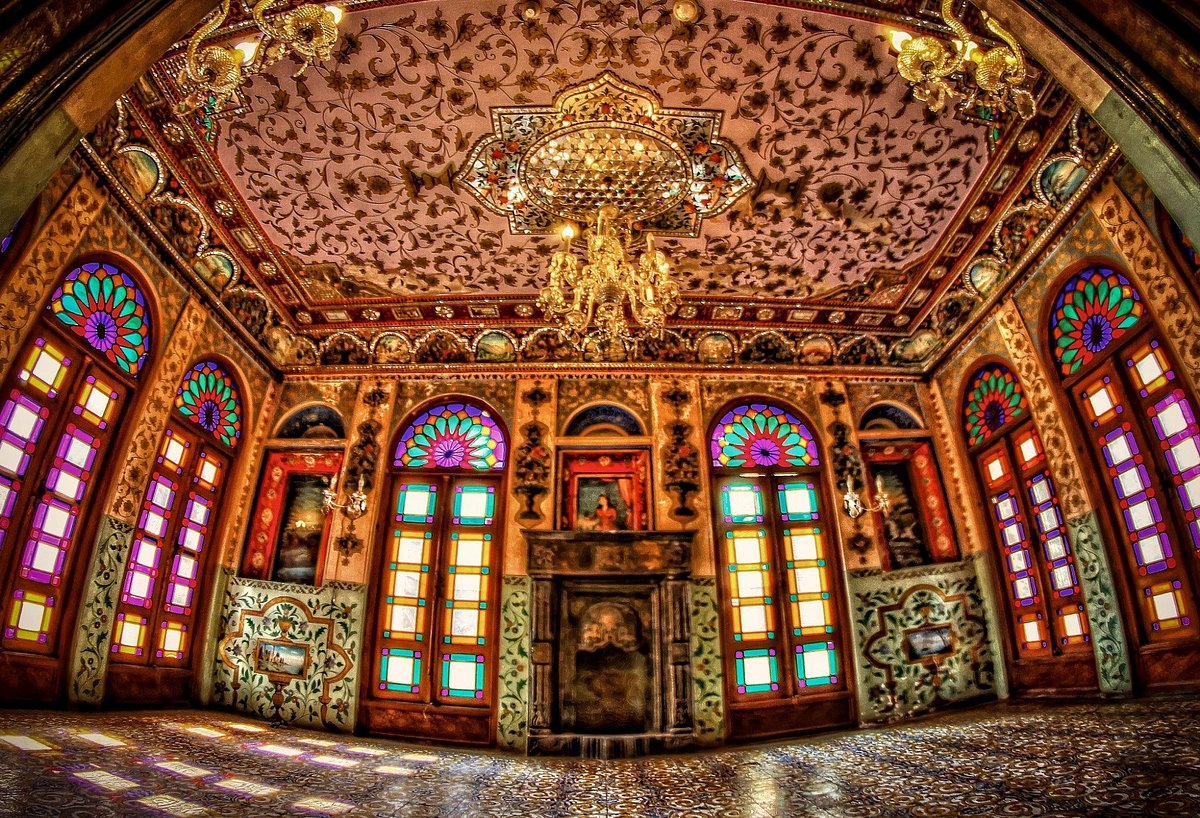
The best Qajar architecture in Iran is Golestan palace in central Tehran. After the first Qajar king proclaimed Tehran his capital in the 18th century, a residential palace was built.
Naser-o-Din Shah’s European trips impacted Golestan palace’s architecture. The Shams-Al Emarat palace was Iran’s tallest.
The palace now has several monuments, and tickets are offered separately. Top highlights are the garden’s colorful tile work and the Hall of Mirrors’ spectacular mirror work.
8. Tabatabai House, Kashan
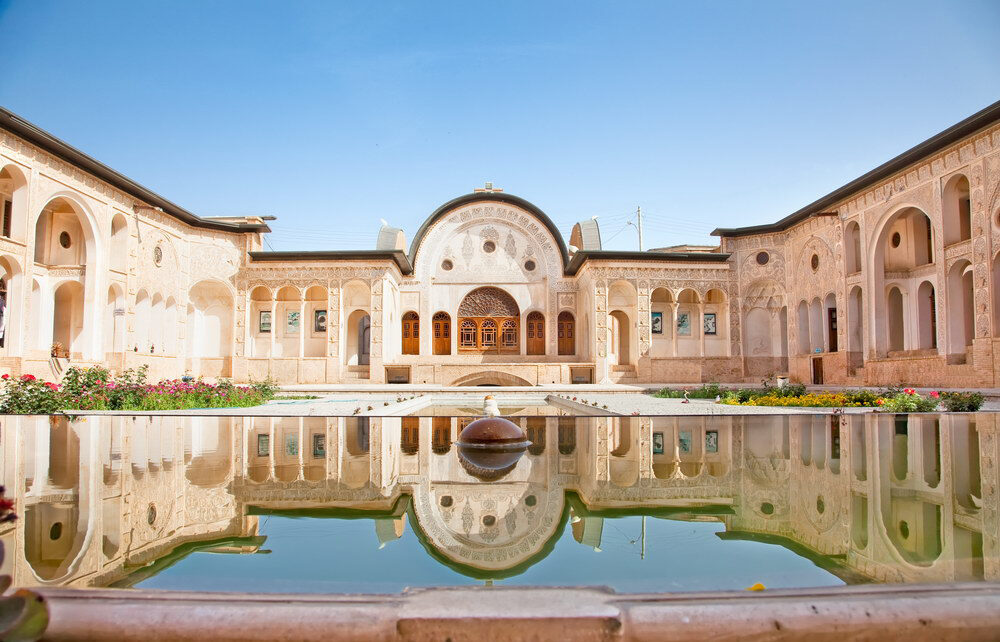
Built around 1860, the historic house of Tabatabai is one of the most beautiful mansions in Kashan.
This 5,000 square meters house well known for its stone reliefs, stucco designs, and stained window glasses.
9. Sheikh Lotfollah mosque, Esfahan
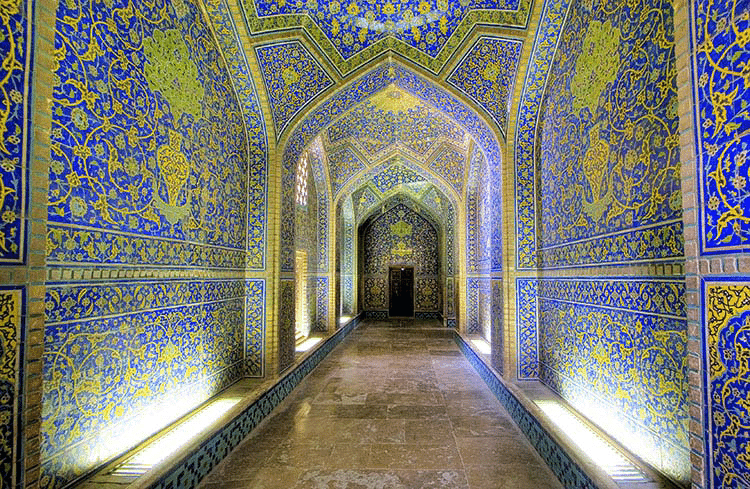
Sheikh Lotfollah mosque is located in Naqsh-e Jahan square, directly in front of Ali Qapoo palace. This mosque was built for the women of Shah Abbas’ Harem and was not open to the general public.
The interior of its double-shelled golden dome is now one of Iran’s most photographed attractions. Surprisingly, there are no minarets in the mosque.
10. Necropolis or Naqsh-e Rostam, Shiraz
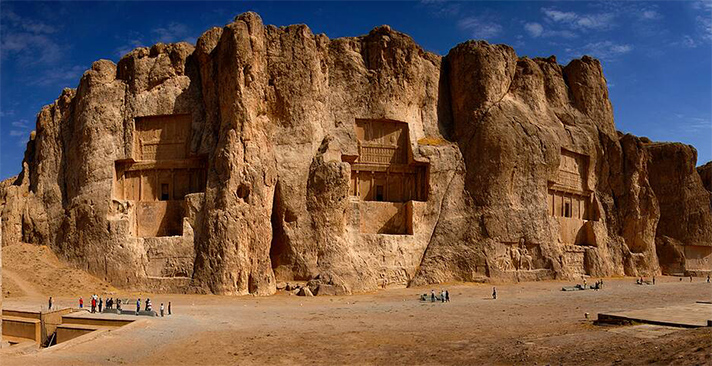
On your way to Persepolis, it’s a must to make a stop at Naqsh-e Rostam to see the Sassanid relief cuts and the huge tombs of 4 Achaemenian kings.
Carved into the rock are 4 chambers that are believed to be the tombs of Darius I, Darius II, Xerxes I and Artaxerxes I.
11. Tower of Silence, Yazd
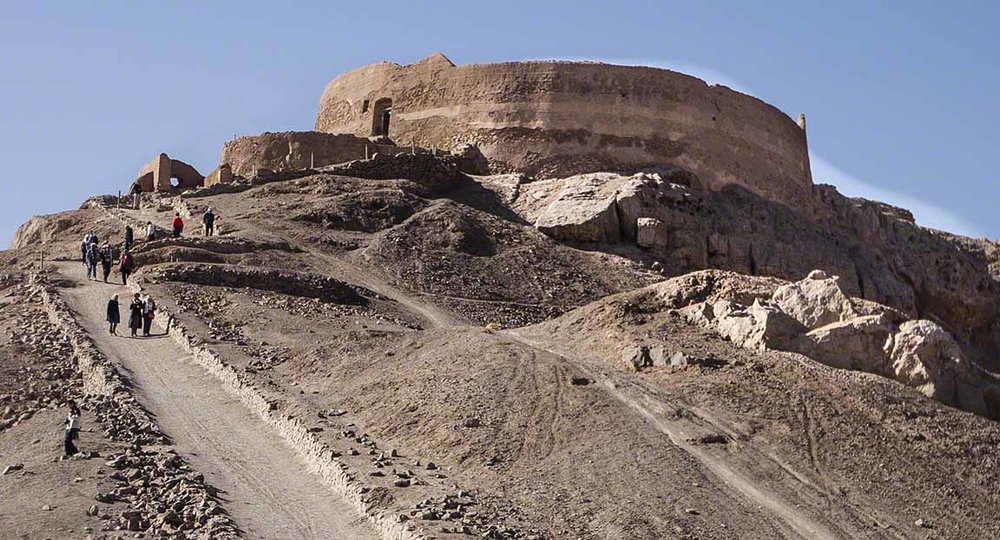
At least one Zoroastrian attraction should be on your Iran vacation because Yazd has the most Zoroastrians.
Soil is sacred to Zoroastrians. So no corpses were allowed. Dead remains were exposed to the sun and scavenger birds on mountain summits by ancient Zoroastrians.
Today, the practice is lost, but the Tower of Silence in Yazd shows its location. City views are also fantastic from the tower.
12. Nasir-ol Molk Mosque (Pink Mosque), Shiraz
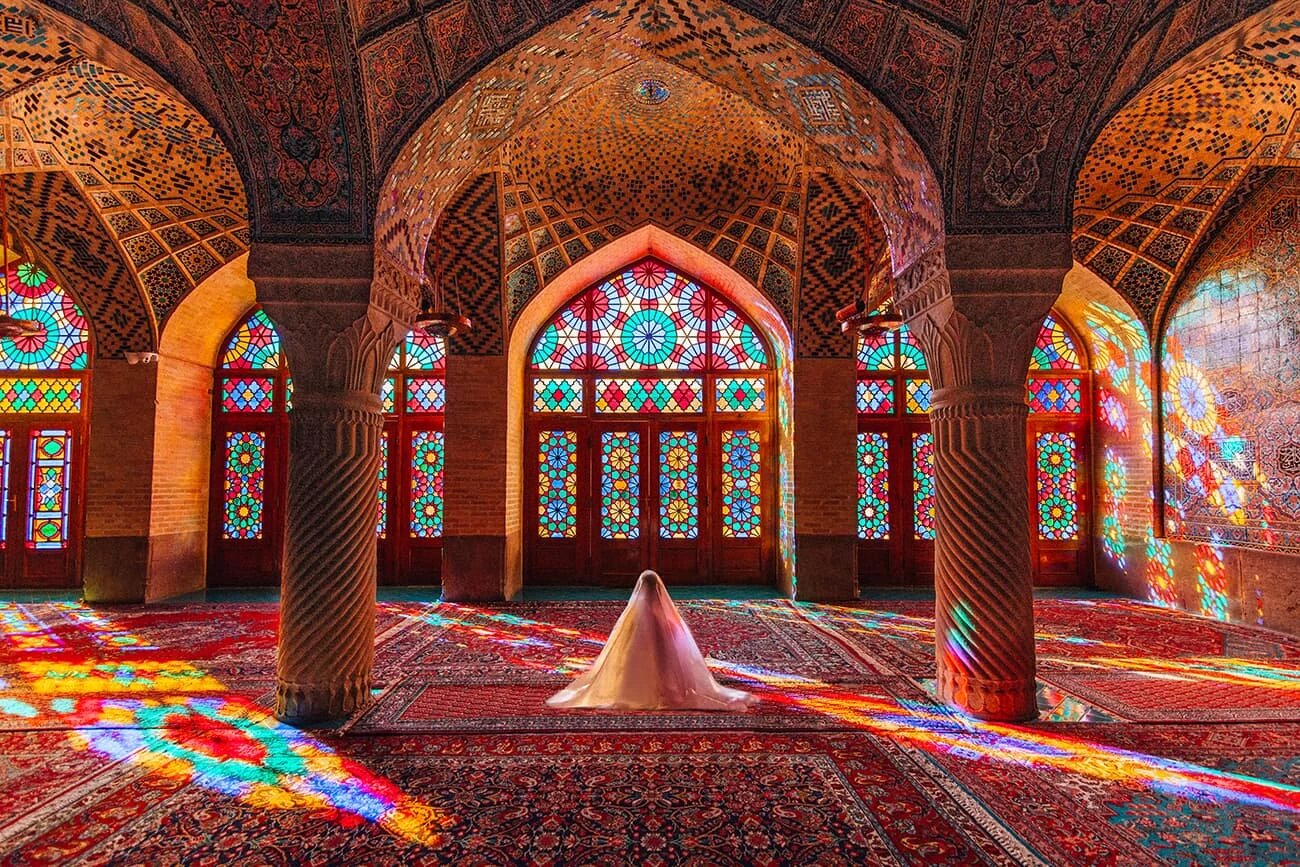
This is the most intagrammable place in Iran without a doubt. Head over to the mosque early in the morning and you’ll witness the colorful morning light dancing on the Persian carpets.
The mosque is well known for its striking pink dominant tile work, hence why it’s also called the Pink Mosque. Make sure you check out the fine example of Muqqarnas in the outer portal.
13. Shazdeh Garden of Kerman
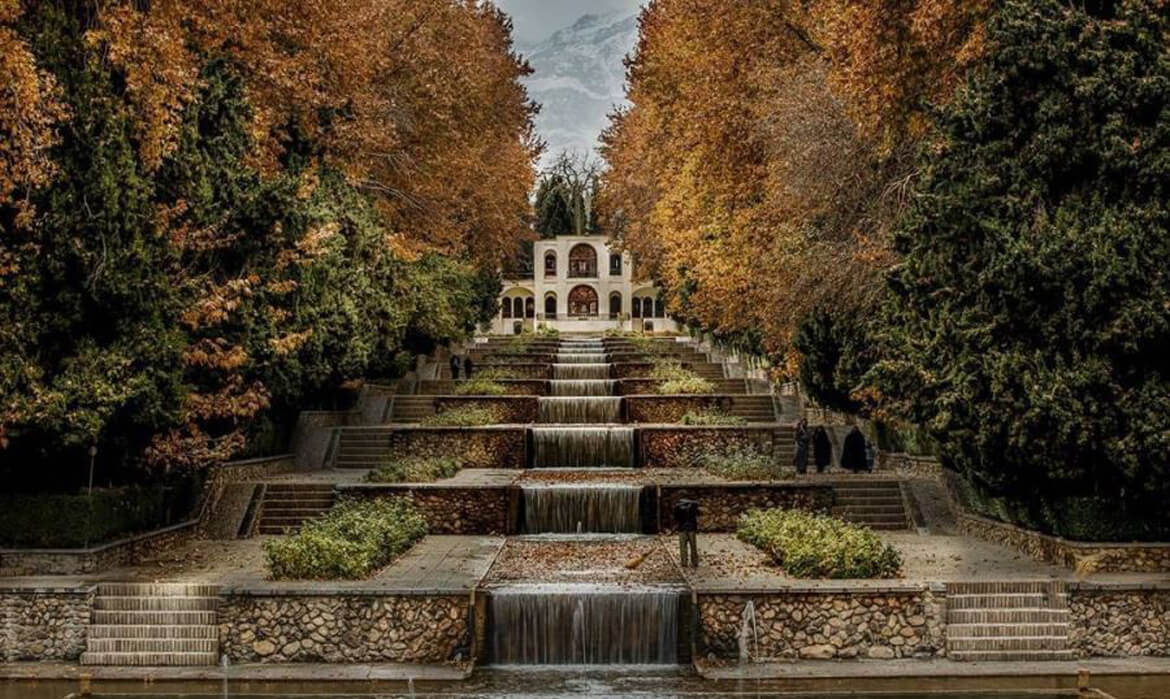
The true meaning of an oasis resembles in the Shazdeh garden of Kerman. Located right in the middle of a barren desert is this beautiful garden with fountains and flowing qanat water.
Many locals come here for a picnic but the garden and its small Qajar palace are well worth a visit.
14. Khajoo Bridge, Esfahan
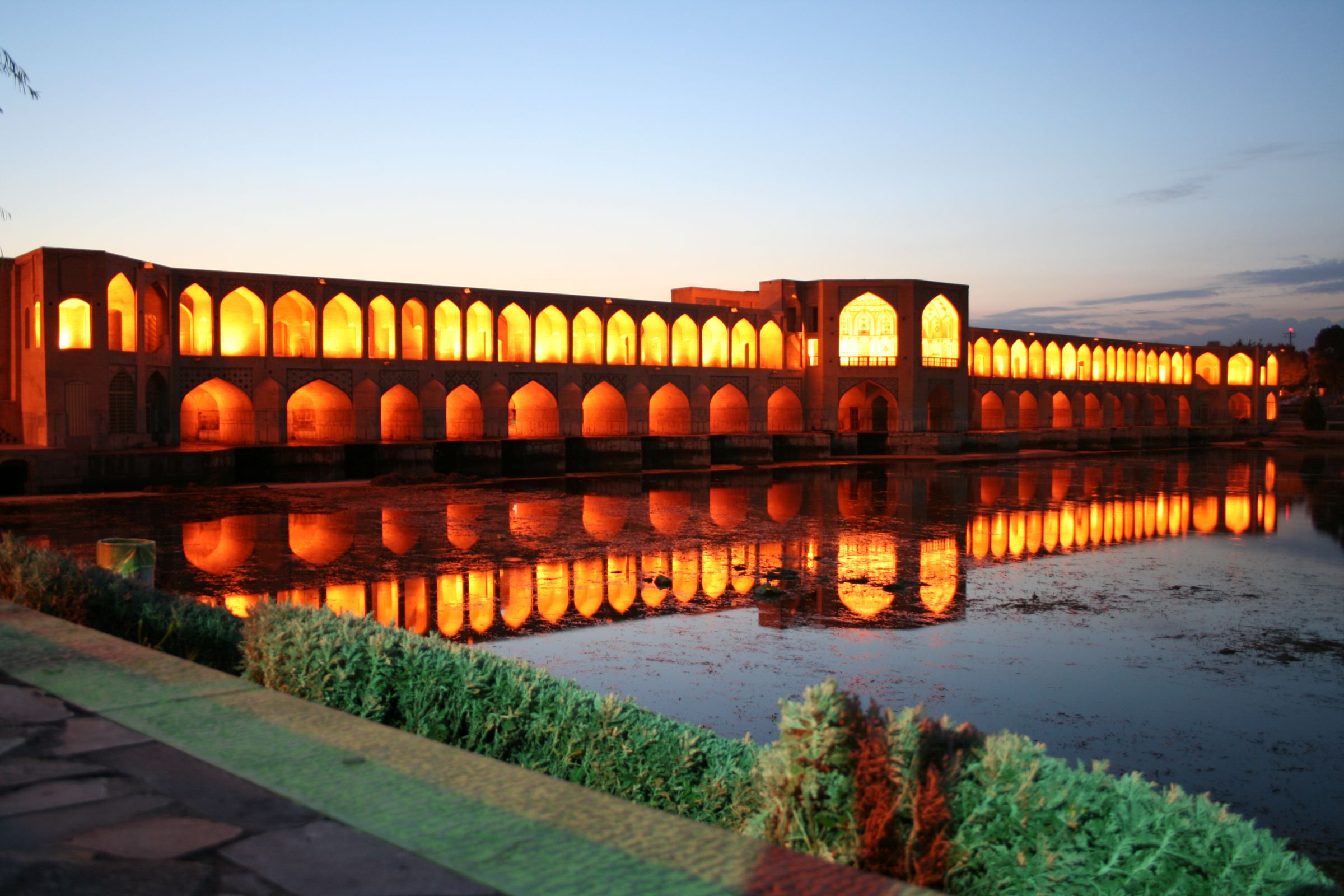
Several bridges are popular in Esfahan. The 1650 Khajoo bridge is the best.
Along with its beautiful architecture, the bridge attracts locals. Old men often sing under the bridge at sunset.
Unfortunately, the bridge hasn’t had year-round water flow for years. A dam was erected to gather river water for drinking due to the drought. You might observe it streaming in spring.



